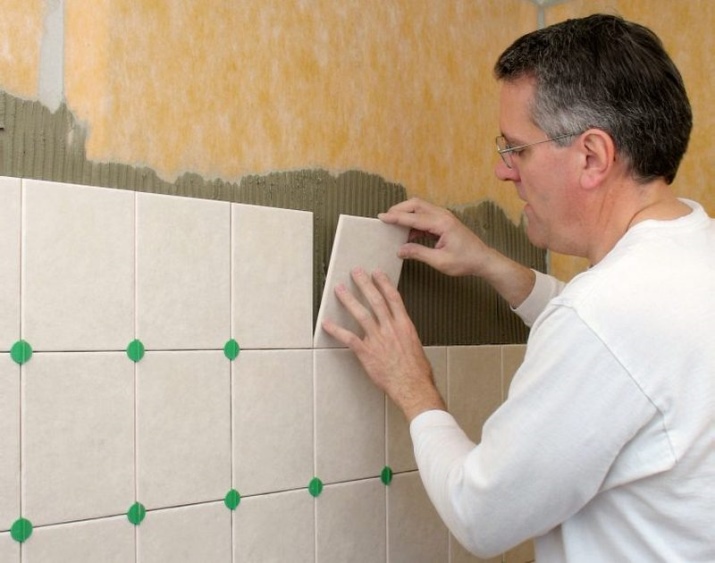Tile crosses
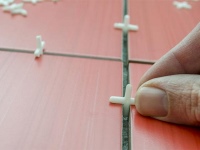
During the installation of facing tiles in the bathroom, you will need plastic crosses to make the inter-tile seams look even and neat. Choosing the right consumable will greatly help you achieve a perfect result, even if this is your first time renovating.
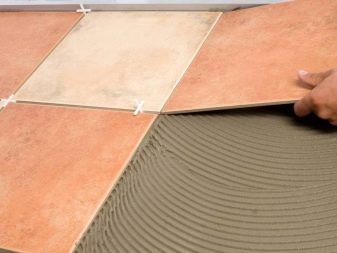
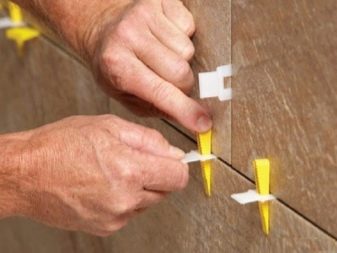
Purpose
Small helpers in big construction - that's how repairmen characterize tile crosses. They are needed to obtain uniform and even joints, which are filled with grout after laying. Consumable material helps to make the same height of laying because of the bridges between the knees.
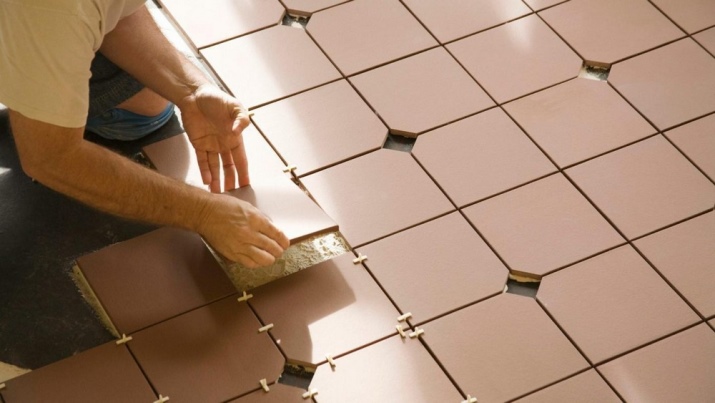
When laying ceramics without crosses and using it for a long time in wet areas, the tiles can simply fall off. The reason is that if the intertile joints will not be protected by anything, the ceramic tile becomes heavier when wet and under its own weight can fall off at any time.
You can use the materials in different ways. For example, you can insert a cross between four tiles. You need to apply tile adhesive evenly, place the material against the wall and insert a cross between the two tiles.
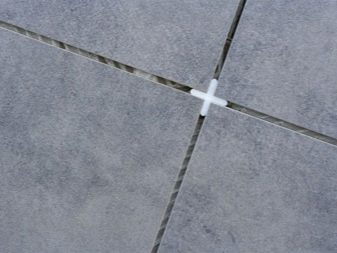

Another way is to insert them perpendicular to the wall 5-10 mm to the end of the material on all sides. With this kind of work, you can constantly control the seam along the entire wall. It is better to hammer the materials with a special rubber mallet.
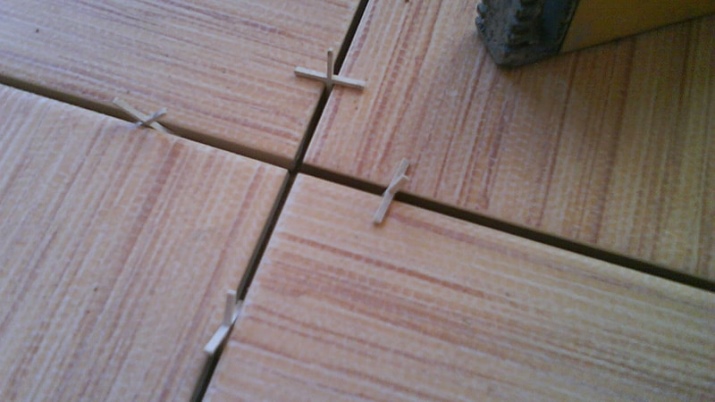
Features
The material of the crosses for tiles is always the same - plastic. Note that this is an auxiliary tool, so in the process of work they can break or come out of the joint not completely.
In stores they are usually sold in packs of 50 pieces. The color ranges from gray-white to white. Paving crosses differ in their thickness - from a millimeter to eight.
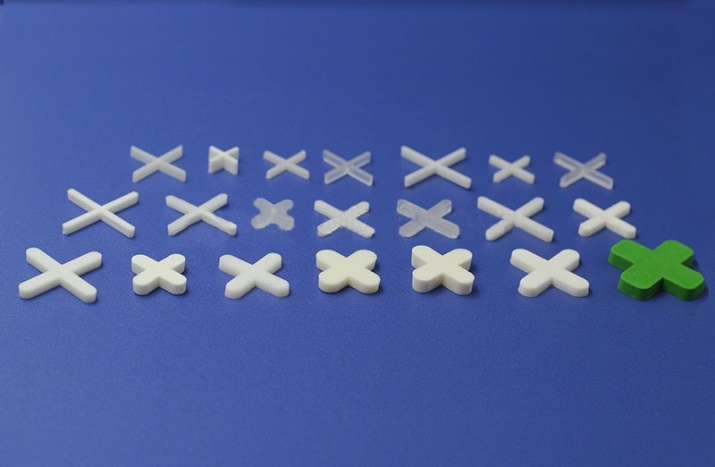
Some believe that it is necessary to choose the minimum size. Ostensibly, such a laying is the best. However, this is rather a myth spread by "dummies".
Masters of laying know that thanks to the wide joints, you can painlessly adjust the distance between tiles, if suddenly the tile "goes" to the side.
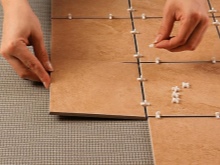
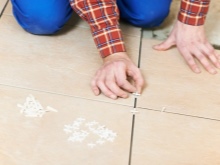
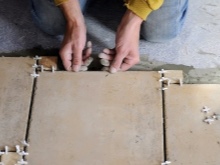
In addition, you should also take into account the facing material itself - Some batches of the same brand can be different. For example, when using materials from Russian manufacturers, the decorative elements are often a millimeter or two larger than normal tiles. You might think that a millimeter is not such a big difference. But in fact the decorative elements have a life of their own. This situation can be corrected only with the help of quality crosses.
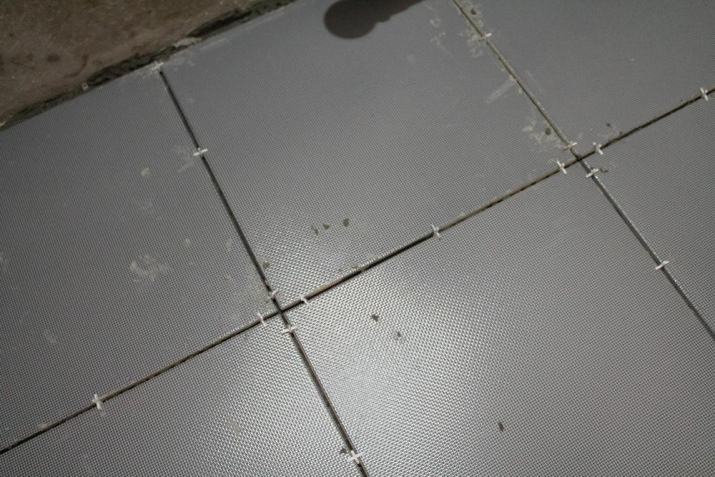
Tilers have even developed a formula by which you can correctly calculate the necessary size of the joint:
The width of the joint between tiles is equal to the length of the larger side of one tile divided by 100.
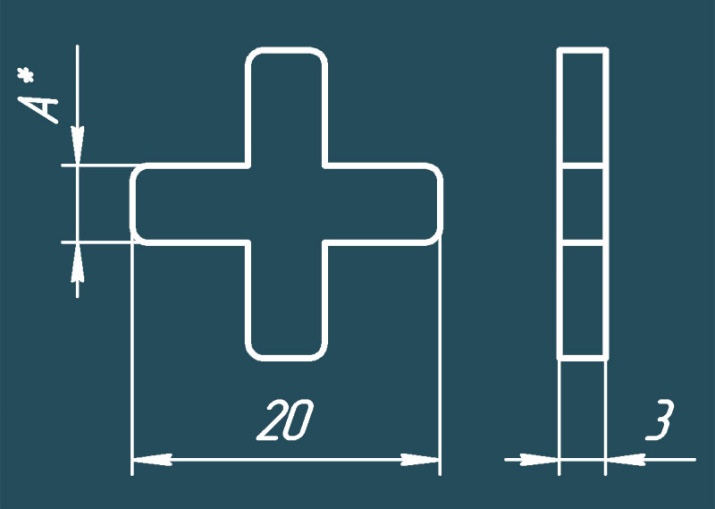
Varieties of
Crosses are distinguished into hollow and solid. The first builders take for wider joints. Tilers allocate the main advantage of hollow - they do not derive the solution out between the joints when installing.
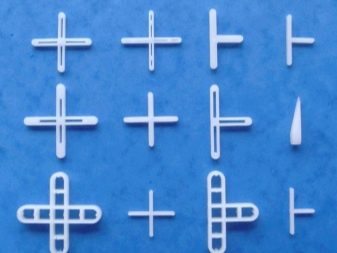

Crosses in its shape are distinguished into several types:
Normal, full-body crosses. They intersect at right angles and consist of two lines of equal size.
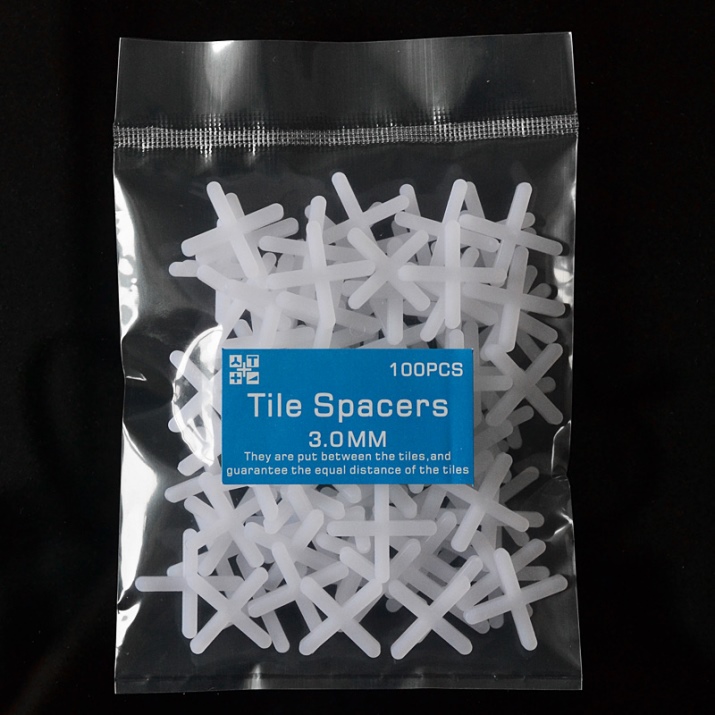
The top, bottom, and side rows of tiles are best laid with T-shaped crosses. Finding this type in construction stores is quite problematic, but the easiest way to make them yourself - cut off one side of a standard cross with pliers.
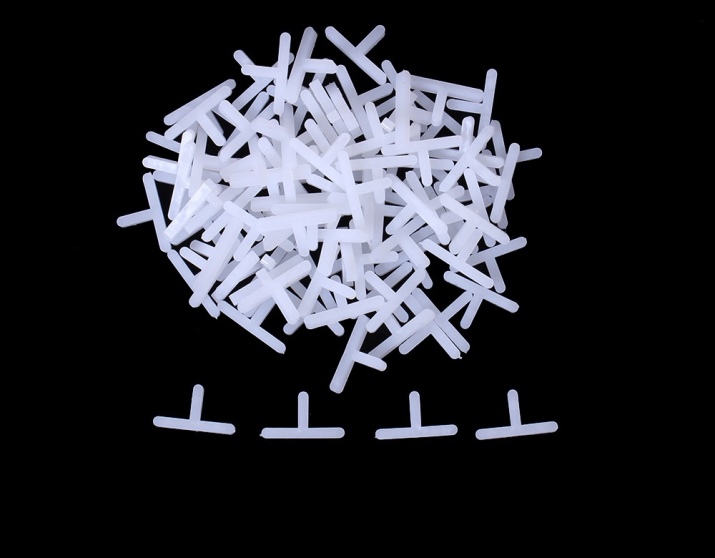
Consumable material with crosspieces Russian-made is difficult to find. Crosspieces they have between the knees. When they are used, there is an exact fixation of the cross on the tile. As a result, you are guaranteed a uniform, even joint between tiles.
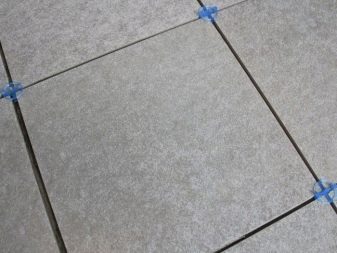
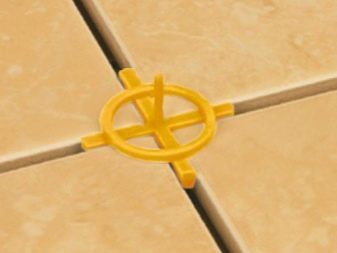
Most crosses are sold without jumpers because of their cost. However, simple standard crosses can perform the only function - to create an intertile joint. But craftsmen have noted that often when working with cheap consumables, the seams come out different widths, and the tiling is laid unevenly.
Recently, another type of auxiliary material for laying has become popular among repairmen - wedges. Mostly wedges are needed for tiling walls with stone.
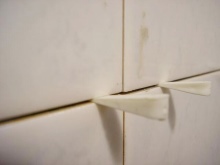


The tile leveling system or as it is called 3D-cross - One of the best devices for aligning not only the joints, but also for even laying. 3D materials are used by repairers instead of the usual crosses. As a result of the work the tiles are pressed to each other equally and do not sag when the glue dries. And masters get the same size joints of 1.8 mm.
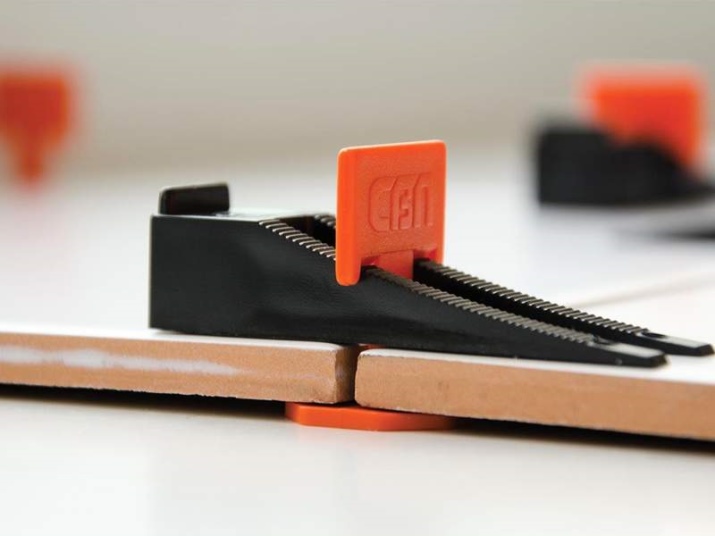
This system includes two parts - a wedge and a clamp. The use of this system is designed for both walls and ceilings. When laying on the glue, the masters insert the clips into it. The wedge is inserted after laying the tiles, as a result, it will go evenly on the two tiles and they will be at the same level. After the adhesive dries, the wedges are taken out, and the leg of the clip is removed with pliers.
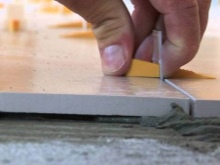
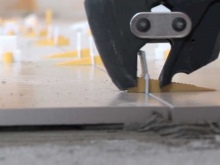
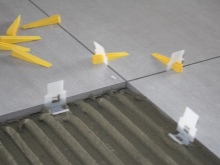
The tile alignment system differs in price from regular crosses. If a set of 50 pieces of standard crosses will cost you in a construction store for at least 70 rubles, the average cost of a pack of 70 pieces of hangers is equal to one thousand rubles.
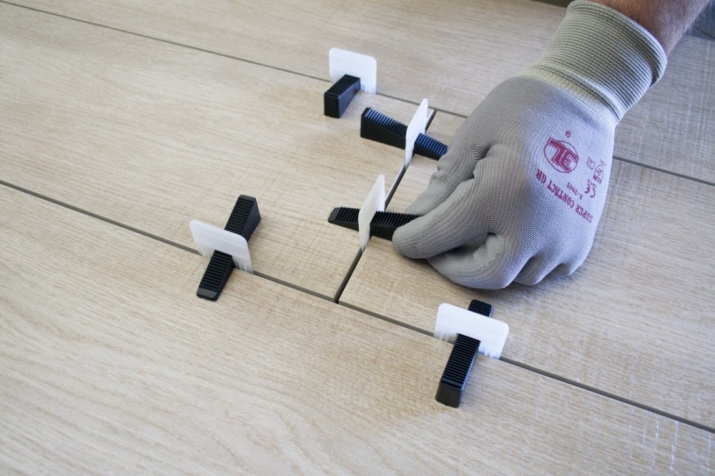
What is better to use?
There is an opinion that the choice of crosses is not particularly necessary. Take a look at the counters of construction hypermarkets - with rare exceptions, you can immediately find a CBP or wedges. Most sales are common, cheap building material made in China. However, experienced tilers always say that it is simply necessary to choose consumables. They will help to avoid irregularities that will later affect the aesthetics of the entire bathroom.
Some models have a profile and front side of different thickness. This, too, can cause a lot of inconvenience when laying, as during the process you will have to be very careful and insert a cross only one side. If you inadvertently insert it with a thinner or thicker side, the entire panel will move.
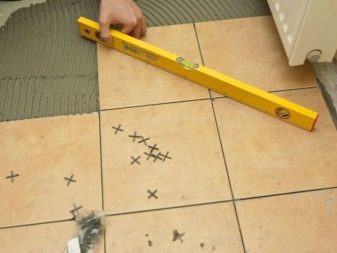
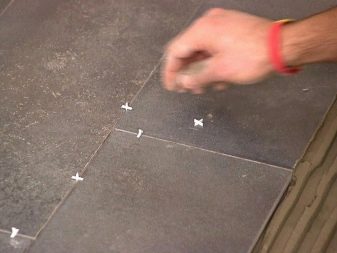
Cheap plastic, which is used to make the crosses, will break in the process of laying at the most important moment. Masters are advised to remove all crosses from the joints, as the remaining piece of plastic can start to protrude when grouting the joint. Get rid of debris can be using pliers, but here you can either damage the liner itself, or not completely remove the broken cross.
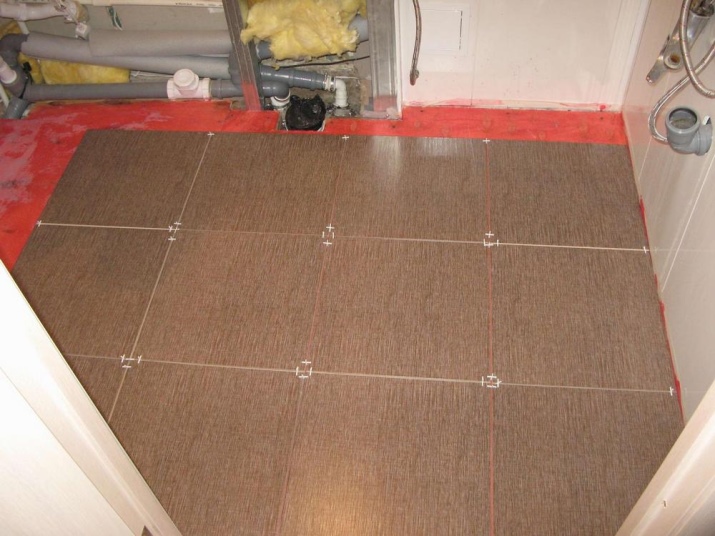
Choosing a size, you need to consider the size and decorative elements of the tiles. Masters believe that the wider the tile, the larger the joint should be. But at the same time, even design tiles not for wet rooms should have either a minimal gap, or be laid without it at all.
Some people prefer to choose the size of the seam by eye, based on personal preferences. Masters also suggest using the formula we described earlier: the length of the larger side of the tile divided by 100.
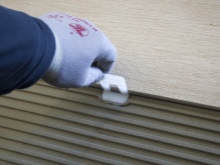
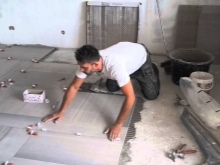
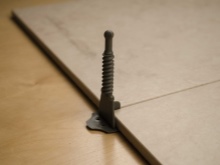
Tips for choosing
Professionals advise to pay attention to the quality of the consumable material. Cheap, Chinese crosses are suitable for light tile, glazed tiles of small sizes.
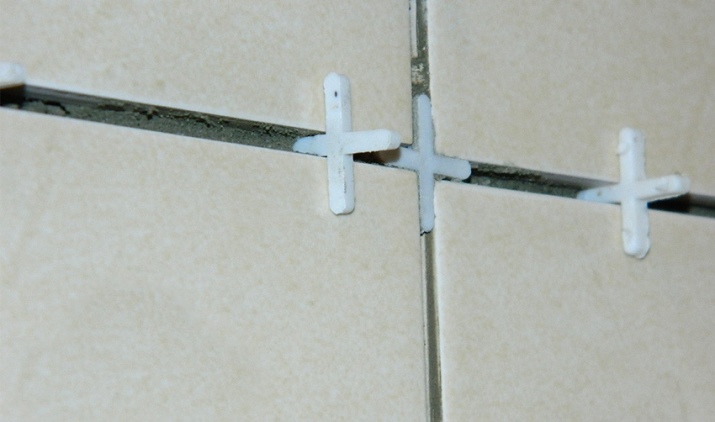
It is important to note the surface with which you will work. If we're talking about a wall leveled with putty, then you can safely use the cheaper versions of the consumable. But if you are making repairs in an old house, where the walls often go in waves, then you are better off staying with quality materials. They will allow you to do the work qualitatively and beautifully.
To use crosses with a leveling system, it is best to take a 3D system. They will allow you to make not only the same, even joints, but also to align the height of the tiles. This material is ideal for old walls, floor tiles, porcelain tiles.
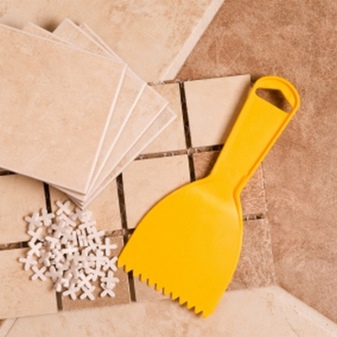
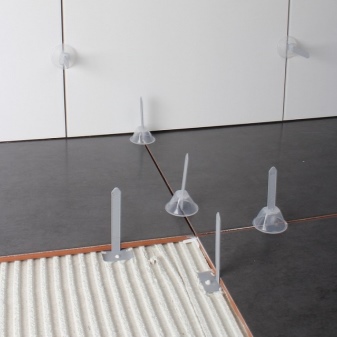
When using decorative stone, it is better to buy wedges or regular crosses. Because of the natural unevenness, you will not be comfortable with lintel materials or a leveling system. When laying decorative stone, it is better to use wide consumables or wedges.
Some masters agree that it is better to choose small joints of up to two millimeters for the bathroom. But, it is worth noting that when working with a small space, it is very difficult to remove any shortcomings that arise during the work. For laying on the floor, joints from two to five millimeters are suitable.
